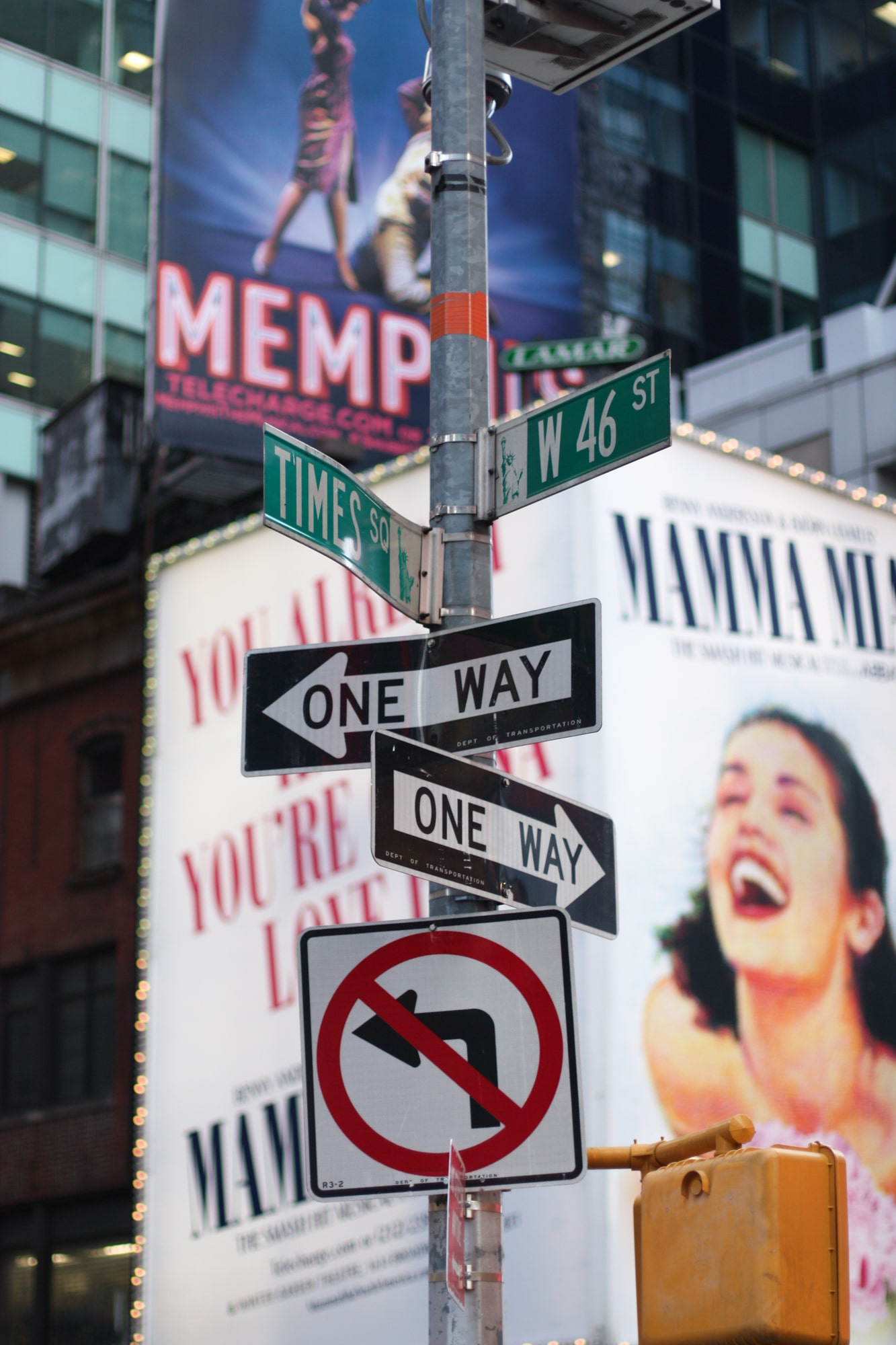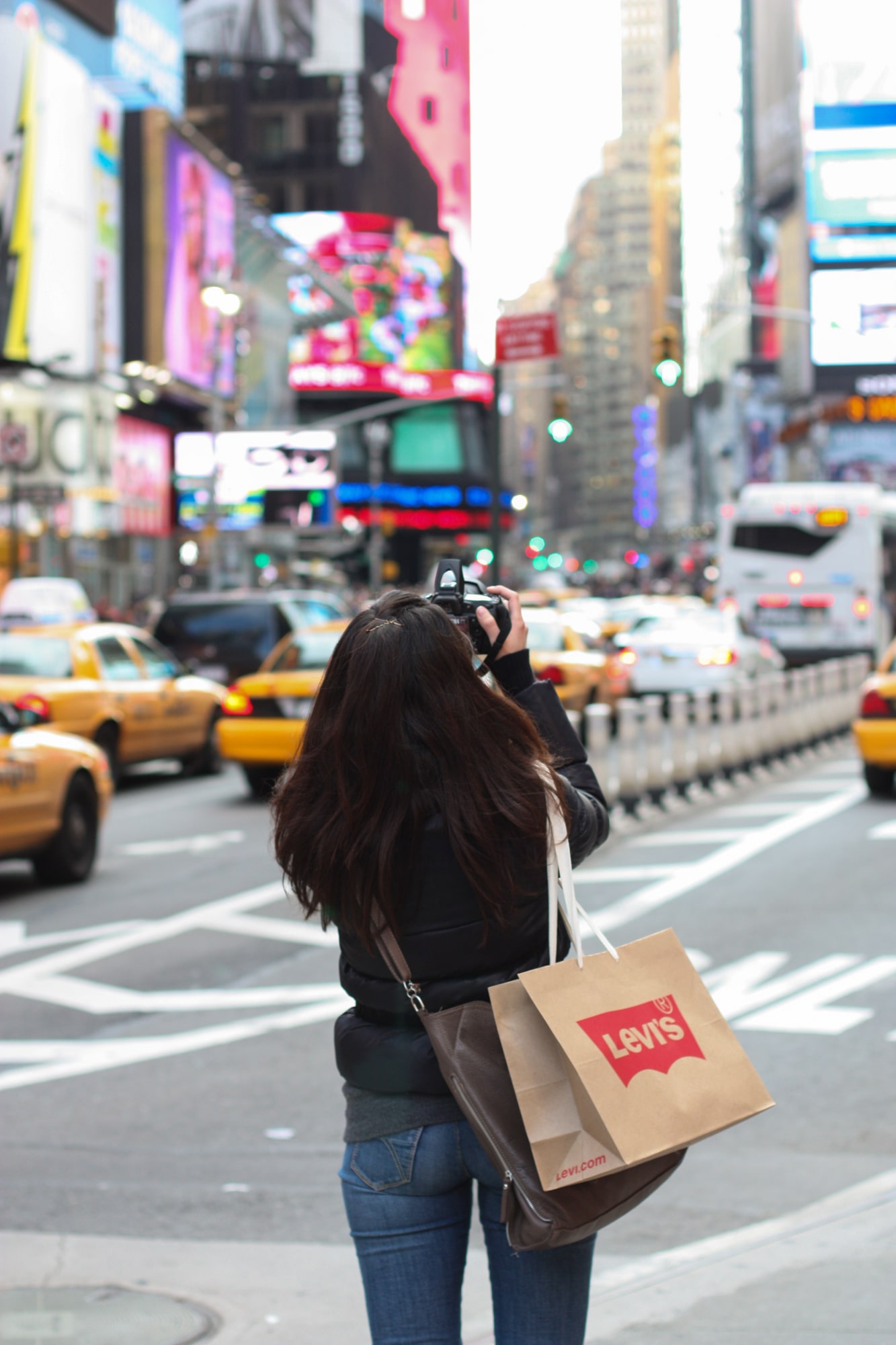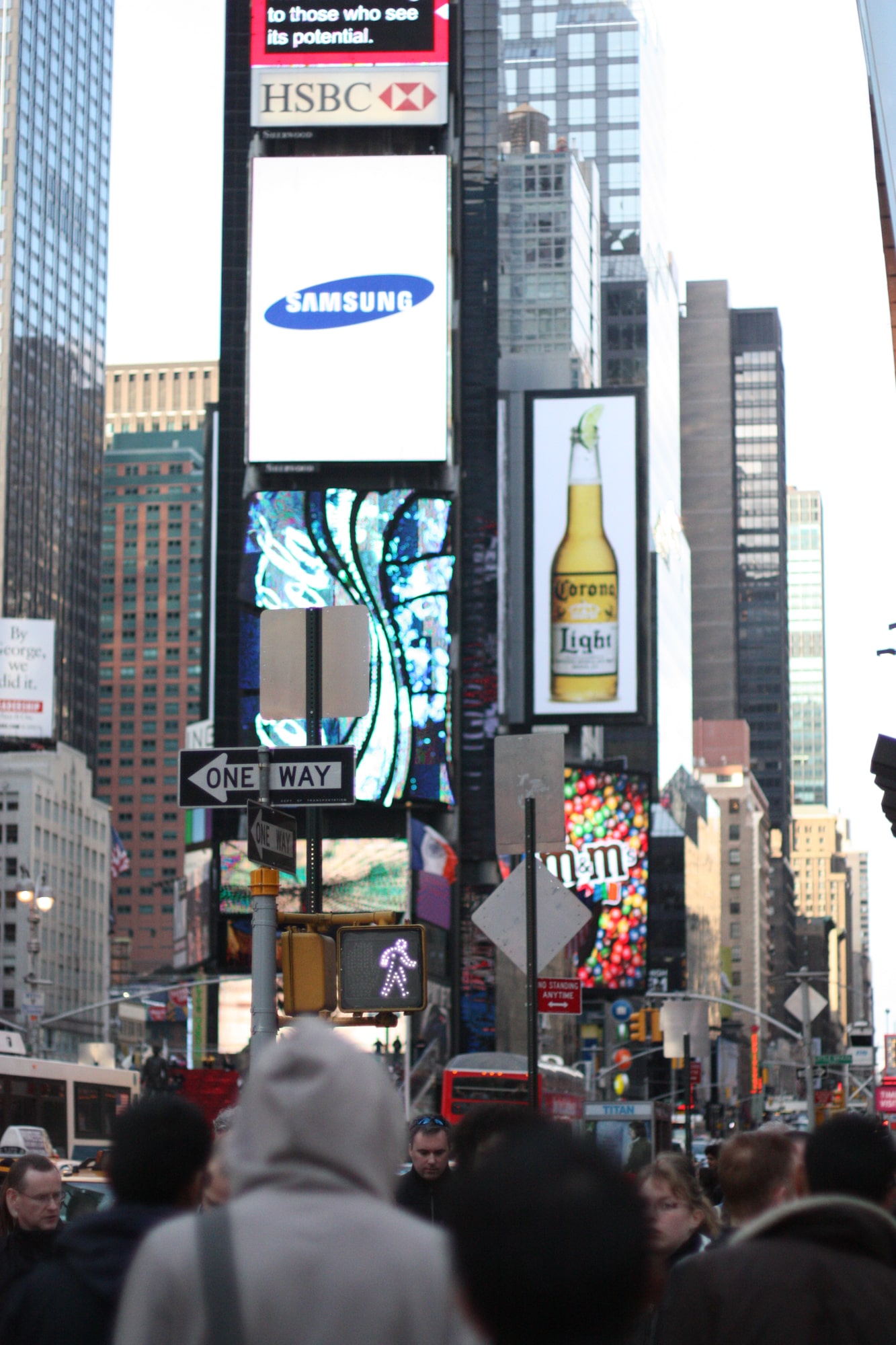We can’t deny that social media, especially Instagram, has been a game-changer for creatives showcasing their work, an inspiration for emerging newfound talents and an endless source of inspiration to most. So much so that Instagram became an adjective, Instagrammable or Instagram-worthy, to refer to all things pretty. And who doesn’t like pretty? We’re visual and social creatures and that’s Instagram’s winning formula.
The major downside, however, to this ever-expanding glossy online travel catalogue is the knock-on effect of crippling envy, FOMO and other sorts of anxiety that it brings. Crammed-itineraries, city-hopping, country counting, list ticking, selfie-snapping are taking the focus away from the true beauty of the destinations and the pleasure of discovery. It’s turning travelling into a contest where no one’s a winner but, thankfully, there might just be an antidote to it: slow travel.
What is slow travel?
Slow travel is an offshoot of the grassroots movement known as Slow Food, which started in Italy in the 80s as a protest to the opening of a McDonald’s in Rome with the aim to preserve local food culture and oppose the rise of fast living. And you have to agree that Italians do know a thing or two about food and the art of ‘dolce far niente’, or literally, the sweet doing nothing.
Although travelling slowly means obviously moving at a gentler pace, it doesn’t necessarily have to be boring but, quite the opposite. As an example, Paul and I always like having some flexibility in our travels, mainly because we’re equally as averse to having a set itinerary as we are to planning the whole trip. We’ve recently been to the Philippines with just our flights and accommodation booked on one of the islands, Siargao (check out our guide to Siargao here). We booked everything else as we went along as this is how we’ve been travelling for years and it works well for us.
That’s not saying that that package holiday-makers can’t be slow travellers either. We’ve booked a few package deals (flights and hotel) in the past, like our holiday to Fuerteventura, but we still managed to leave plenty of room for improv, like hiring a car and creating our own road trip when we got there (take a look at our guide to Fuerteventura).
For me slow travel is more a mindset of how you travel rather than the type of trip you book or things you do while you’re away.
“The pleasure we derive from journeys is perhaps dependent more on the mindset with which we travel than on the destination we travel to.”
Alain de Botton
Our main reason to start travelling slowly
Needless to say that Paul and I love travelling.
We met during our travels and we both work in the industry so, yeah, we do travel a lot.
Once upon a time we were suffering from a horrendous condition that restricts the amount of travel you can do and it affects workers right across the globe, a condition called LHAS! Or more commonly known as… Limited Holiday Allowance Syndrome. One day, in one of our many chats about finding a cure for this terrible condition, our masterplan started to take shape. It hasn’t happened overnight (and hasn’t been easy), it’s taken us so many years to get to this point that our friends probably thought we were only dreaming but, here we are, finally living the dream in Portugal and with lots in store for the year ahead.
What slow travel is all about
The good news is, you don’t need to be a full-time traveller to be doing it. Buckle up, because I’m about to tell you some of the reasons why travelling slowly appeals to us and some quick tips on how you can adapt it to your own travels.
Slow travel is about being mindful
Slow travel can be sometimes called mindful travel because where you are is more important than what you do and, as cliché as it sounds, the journey is as important as the destination. Go on, live the moment as it unfolds, take all the time in the world to read that paper or to enjoy a good cuppa as there’s nowhere else more important you have to be than right here, right now. If your struggling with this topic, take a look at my article on living mindfully.
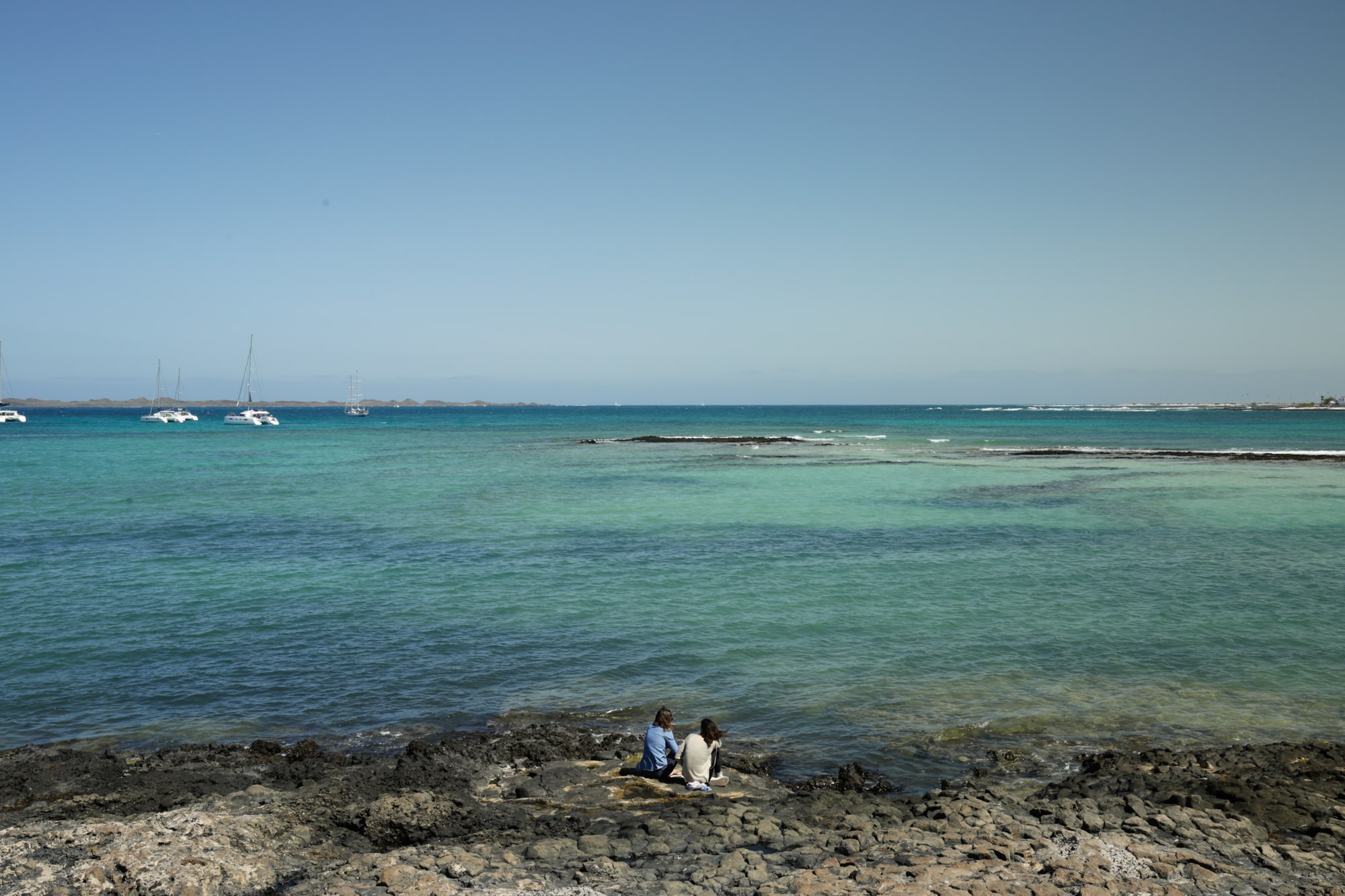
Slow travel is about being spontaneous
As I said earlier, there’s so much information out there on the internet today that everyone seems to have massive lists of must-see places and destinations. Why not cast that bible-length itinerary aside for a moment and just wander down a quiet side street, explore your surroundings, allow yourself to get lost once in a while and, who knows, perhaps you end up finding a hidden gem you wouldn’t have otherwise.
Slow travel is about relaxing
How many times have you felt the need for another holiday after your holiday? Hands up if you’ve ever experienced tourist burnout after ticking way too many sightseeing boxes in one go? We lead such frantic-paced-tight-scheduled lives that we tend to effortlessly reproduce this very same routine during our holidays forgetting its true purpose which is to relax and unwind.
Slow travel is about quality
Slow travel and minimalism have one main thing in common: both value quality over quantity. It’s about becoming aware and cultivating things that are meaningful to you over following the status quo (no, not the band!). That doesn’t necessarily mean that you should skip famous landmarks at all cost but to pursue only the things that are worth your time and money. Sometimes a place might look irresistible on an edited Instagram shot but it’s pretty underwhelming in real life. As Carl Honoré said on his book, In Praise of Slow, “much better to do a fewer things and make time to make the most of them”. Learn more starter tips on minimalist living.
Much better to do a fewer things and make time to make the most of them.
Carl Honoré
Slow travel is about saving money
Airbnb or similar websites offer a cheaper and more homely alternative to hotel stays and you can get further discounts if you’re staying longer in some properties. Other great options are CouchSurfing or house sitting and since most of these places will have decent cooking facilities, you can avoid eating out all the time whilst saving extra cash. In our case, we save money (and time) on the cost of commuting to an office too.
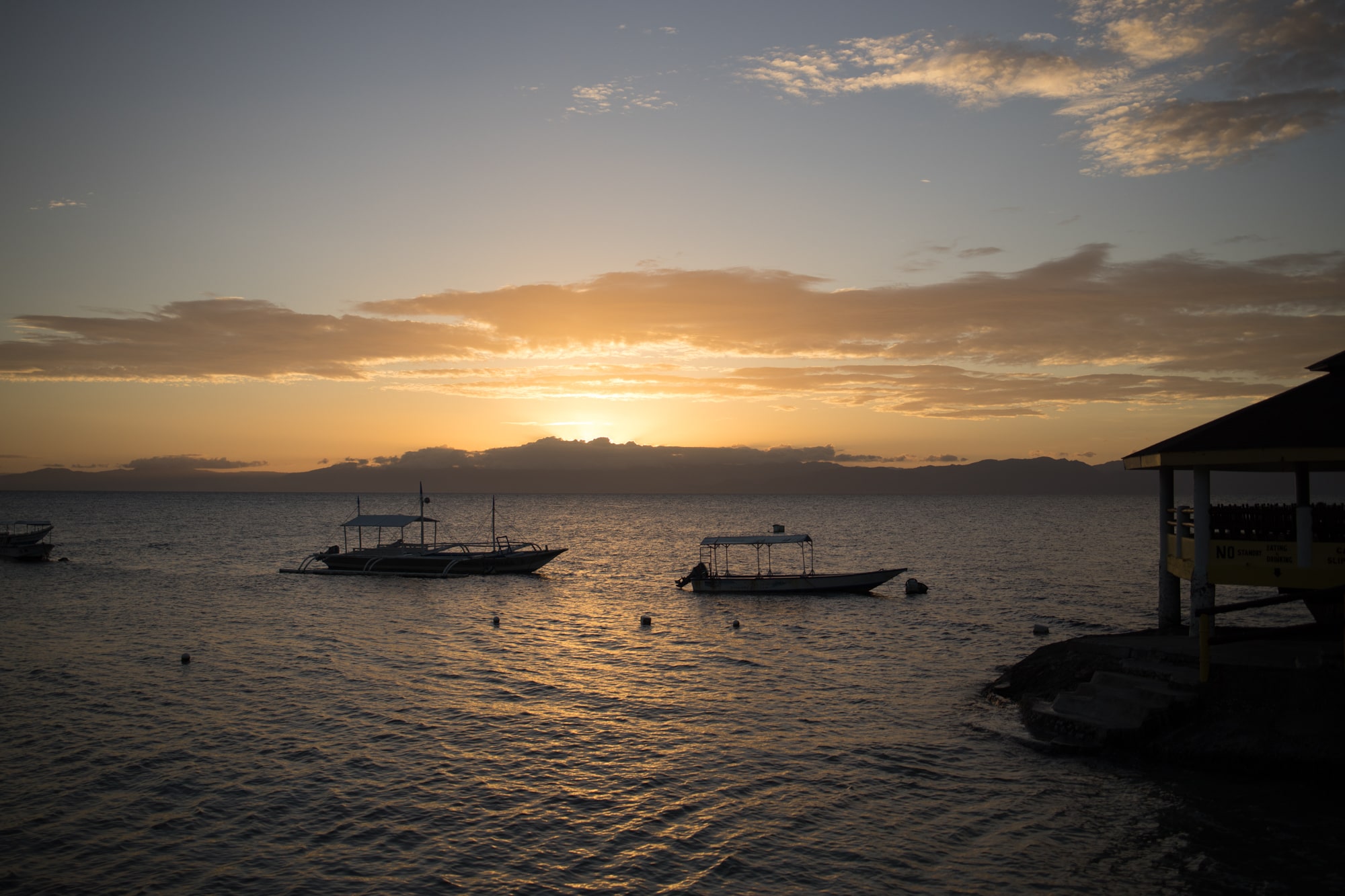
Slow travel is about respecting the environment
Often referred to also as sustainable tourism or low-impact travelling, slow travel is easier on the environment. Fewer destinations mean less journeys travelled, shorter distances to cross and a lot covered by bike or on foot which is surely more eco-friendly. Extra cookie points for you!
Slow travel is about living like a local
Travelling slowly gives you more chances to interact with locals and to temporarily live like a local yourself. Staying at a homestay on a residential street, strolling to the nearest greengrocers, enrolling in cooking classes are just a few ways that you can have a more authentic and immersive experience. Who better to show you a thing or two about the local culture than the locals themselves? Bonus tip: Insider knowledge of cool quirky local hangouts, learning new lingo and meeting incredible people.
Slow travel is about supporting local businesses
Every time you choose to invest in something unique made locally, you’re also helping to keep the tourism money within that community whilst supporting independent artisans, shops and business owners to continue trading.
Here are two great books about changing perspectives on travel and why taking it slow is so important nowadays.
Is slow travel for me?
While the motto of the slow travel movement is “There’s always another trip”, we know this is certainly not the case for most people. If you think that’s your only chance to be in a city, a country or even a continent, it’ll be extremely tempting to try and fit in as many places as possible. Or if you do get a buzz by doing lots of things perhaps slow travel won’t be to your liking which doesn’t mean that you’re doing it wrong.
Remember, travelling slowly or even travelling at all is a privilege so regardless of the pace you prefer, be mindful that it’s so easy to get caught up chasing that perfect Instagram shot of a place that you miss the real experience of being there. So put down your cameras, put away your smartphone and appreciate a place for what it is, without distractions from the digital world.
As usual, leave us a few words about your experience, opinions or feedback on your preferred way of travelling and can keep the conversation going. 🙂
__________________
Disclaimer: Some of the links used on this website are affiliate links. This means that if you click on it to buy a product, we’ll receive a small commission which comes at no extra cost to you and we’ll be forever grateful!
